When I was quite young, 7-8 years old, I had a vision that the future of transport would be individual pods on track-like roads. All you would do is jump in, add your coordinates into the computer, sit back and enjoy the ride.
Apparently, I was far from alone in that vision as all major car manufacturers have been busily researching systems along these lines over the last several years. General Motors has its EN-V concept which has undergone extensive testing, and MIT researchers have been prototyping, as examples.
These proposed systems are centralized, electrically powered and zero emissions from a vehicle standpoint. They would reduce congestion through smart grid technology and improved logistics, thus returning time to users that was previously spent bemoaning “these horrible traffic jams” into productivity or leisure time.
Of course this could be wildly optimistic or it could come true.
Regardless, the one thing we can take from this vision is that Information Communication Technology (ICT) is going continue to grow as a vital component of our transportation sector. As urban transport becomes even more (unbelievably) an exercise in logistics, ensuring that the flow of information is simultaneously secure from attack, and open and available for use by developers and entrepreneurs will be non-optional to keep things flowing in the right direction.
We have already learned a great deal from the gov 2.0 movement, even though it is in its infancy. Developers and coders from all over the world have been digging into mountains of available data from their local and national governments. Interesting platforms, apps and usable websites have transformed this raw information into something that people can interact with. It can be something simple, like cataloging urban blight, or something much more complex. Whole organizations like Code for America have dedicated themselves to training developers to look at the existing data as a resource and seek out new ways of deriving utility from it.
Two great examples of their initiatives are Where’s my School Bus? (http://bit.ly/12pWAcy), an app which helps parents track their children’s school buses during inclement weather, and Reroute.it (http://bit.ly/12pWAcy) an app which helps transit users to see not only the difference in time of alternate modes of transportation, but also the health and environmental impact of their choices.
My vision of transit in 2050 is very much a data-centric vision. The “Smart City” will be taken to a whole new level. Like it or not, we will need to get comfortable with personal digital devices, apps and even augmented reality. In order to navigate the increasing density of urban living, Information will become the new lifeblood.
About Matthew J. Rouser
“I’m passionate about space, how we interact with it and assign it meaning, and the exciting ways technology and mobile computing are changing it. I love the placemaking phenomenon and like to work on strategies involving new media, location-based services and interaction design.”
Matthew J. Rowser lived, studied, worked and traveled extensively across Europe. Graduated from Northwestern University with a BA in Urban Studies and History. Teach for America alumnus (Chi ’05), Rotary Ambassadorial scholar. MSc from Blekinge Institute of Technology in Spatial Planning and Regional Development. He is co-founder and managing director of Matts’ HB, design and consulting firm. His current project is CityAPI, a new platform for people who want to change the space around them and build community.
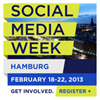
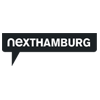
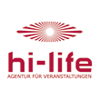


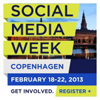
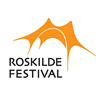
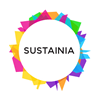
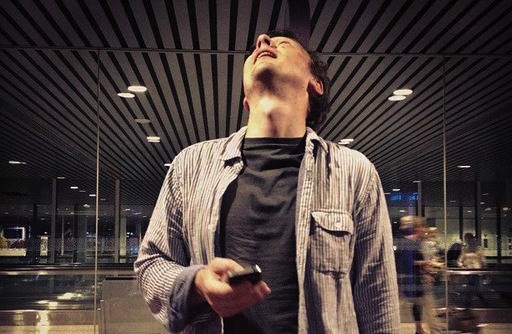
Leave a Comment